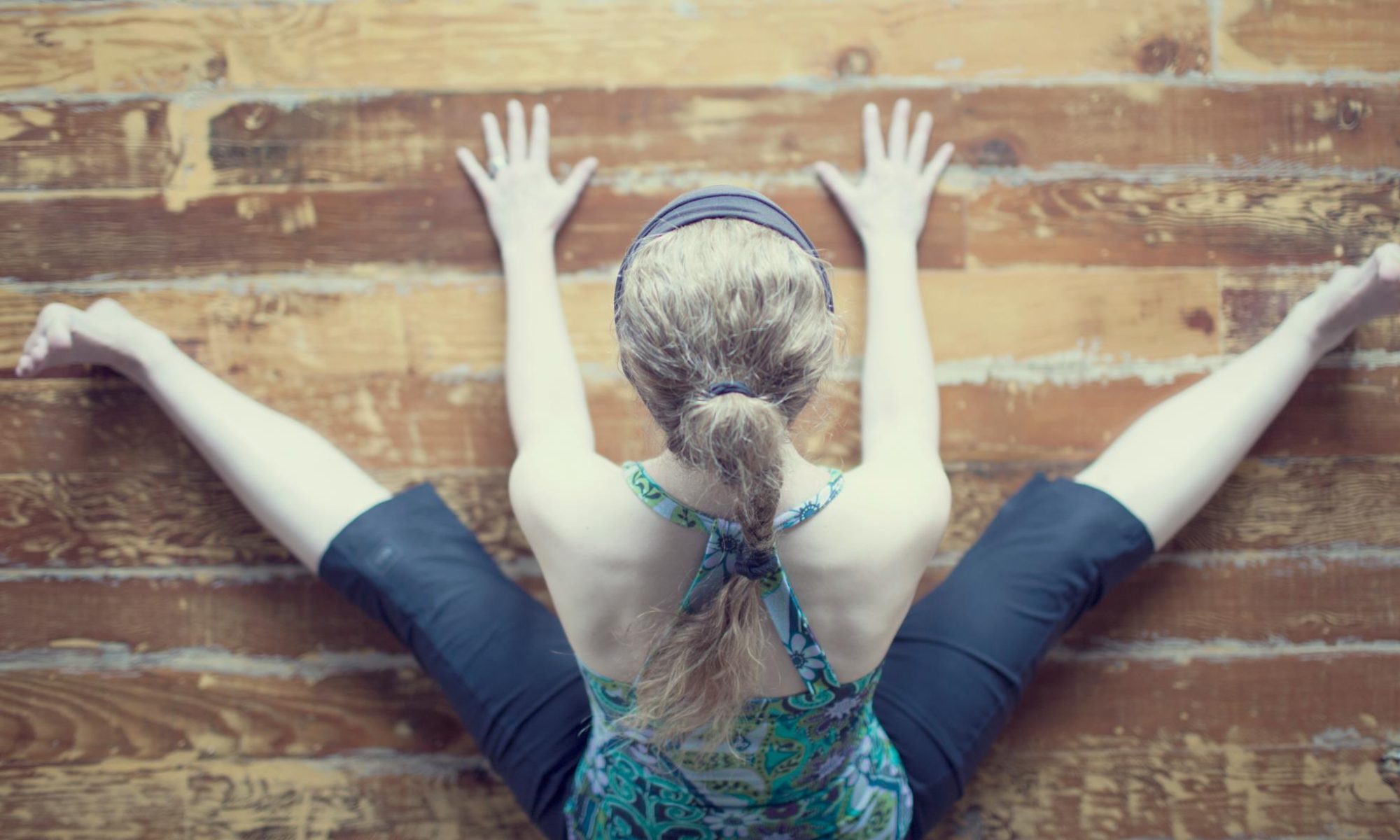 When we assign labels or judgments to our feelings and experiences, we run the risk of diminishing what they have to teach us. Our natural inclination is to crave what feels ‘good’ and is deemed ‘positive’ by those around us, and we avoid what feels ‘bad’ and might be viewed as ‘negative’. However, by only courting what is good and striving to ignore what is bad, could we not be depriving ourselves of fully half our life experiences? If we shun the dark, can we ever truly appreciate the light?
When we assign labels or judgments to our feelings and experiences, we run the risk of diminishing what they have to teach us. Our natural inclination is to crave what feels ‘good’ and is deemed ‘positive’ by those around us, and we avoid what feels ‘bad’ and might be viewed as ‘negative’. However, by only courting what is good and striving to ignore what is bad, could we not be depriving ourselves of fully half our life experiences? If we shun the dark, can we ever truly appreciate the light?
Buddhist teacher Pema Chödrön reminds us that “Nothing ever goes away until it has taught us what we need to know.” We can try to hide from our fear, bury our anxiety, ignore our distress, but until we have acknowledged their lessons and allowed them to penetrate deep within, we will never be free of them. We will encounter them again and again on our path, sometimes in different shapes, with different faces, yet still they stem from the same roots. To shine a light on them, we must use our mindful awareness to look within, to reach into the darkness of our despair or uncertainty, our anger or fear, and allow ourselves to experience them fully. We open ourselves to the darkness or discomfort without judgment, without attachment, with a deep sense of self-compassion, and we listen to what these experiences are trying to teach us.
There is a reason we begin our meditation studies with awareness of the breath: it is the gateway between our external experience of the world around us and the inner landscape where our true and wisest self lies. The breath lets us connect to our physical self in a simple, non-threatening way; it connects us to the familiar external world and the way it tastes, smells and feels, moment by moment. We then begin to follow the breath as it moves within the body and we attune to the physical sensations we encounter there – the lungs, ribs and belly expanding and softening, the way the air feels as it moves through the nostrils and the throat. Sitting in silent contemplation of the breath, the subtle beauty of the body rising and falling, enables us to connect to the present moment in a tangible way, and it provides an anchor that grounds us in the present and brings us back again and again as our attention drifts. From this grounded place, we can then choose to open our awareness to the less tangible, to the ever-changing stream of thoughts and emotions that arise in each moment. It is here that we are often most inclined to judge and label: welcoming happiness and pushing away sorrow, embracing the light as we run from the dark.
Psychoanalyst Carl Jung sagely observed that, “Even a happy life cannot be without a measure of darkness, and the word happy would lose its meaning if it were not balanced by sadness. It is far better to take things as they come along with patience and equanimity.” What if instead of labeling happiness as good and sadness as bad, we simply accept them for what they are: feelings and experiences, in a lifelong journey of feelings and experiences? Perhaps if we can notice when we label and judge, we can begin to acknowledge that it serves no useful purpose. Perhaps if we let go of labels and judgments when they arise, we can instead choose to sit with experiences exactly as they are, opening up to their lessons as a guiding light from within.
